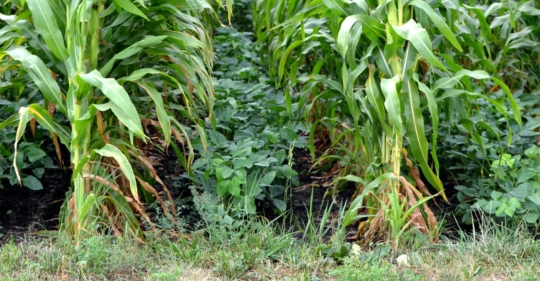Explore our blog featuring articles about farming and irrigation tips and tricks!
Grow Your Own Nitrogen

By: Stefan Gailans
“I wish to grow my own nitrogen instead of using commercial nitrogen,” says Wendell Zimmerman, who farms near Greenfield in Adair County. Echoing this sentiment, Chris Teachout, farming near Shenandoah in Fremont County, says reducing purchased nitrogen fertilizer “would not only benefit soil health, but also the bottom line of corn production.”
How are Zimmerman, Teachout and many other members of Practical Farmers of Iowa attempting to accomplish this feat? By incorporating more legumes into their cropping systems.
Legumes form a special relationship with bacteria in the soil. These rhyzobia bacteria fix nitrogen from the air and make it available to the legume in exchange for carbon from the host plant. This is why legumes have long had the reputation for providing nitrogen, freely abundant from the atmosphere, to cropping systems.
While farmers may use different methods and strategies to “grow” this nitrogen, they all understand how legumes can benefit their systems both agronomically and economically.
Traditional way of using legumes
The traditional way farmers have reaped the benefits of legumes is with extended crop rotations. These rotations include a small-grain crop like oats, wheat, triticale or rye. Red clover or alfalfa can be frost-seeded to the small grain in March. Or any number of legumes — like hairy vetch, berseem clover, crimson clover or cowpeas — can be seeded after small-grain harvest in July. In either case, the July small-grain harvest results in a large window of opportunity to grow a legume cover crop, also referred to as “green manure.”
Stay up to date on all T-L news and get alerts on special pricing!


